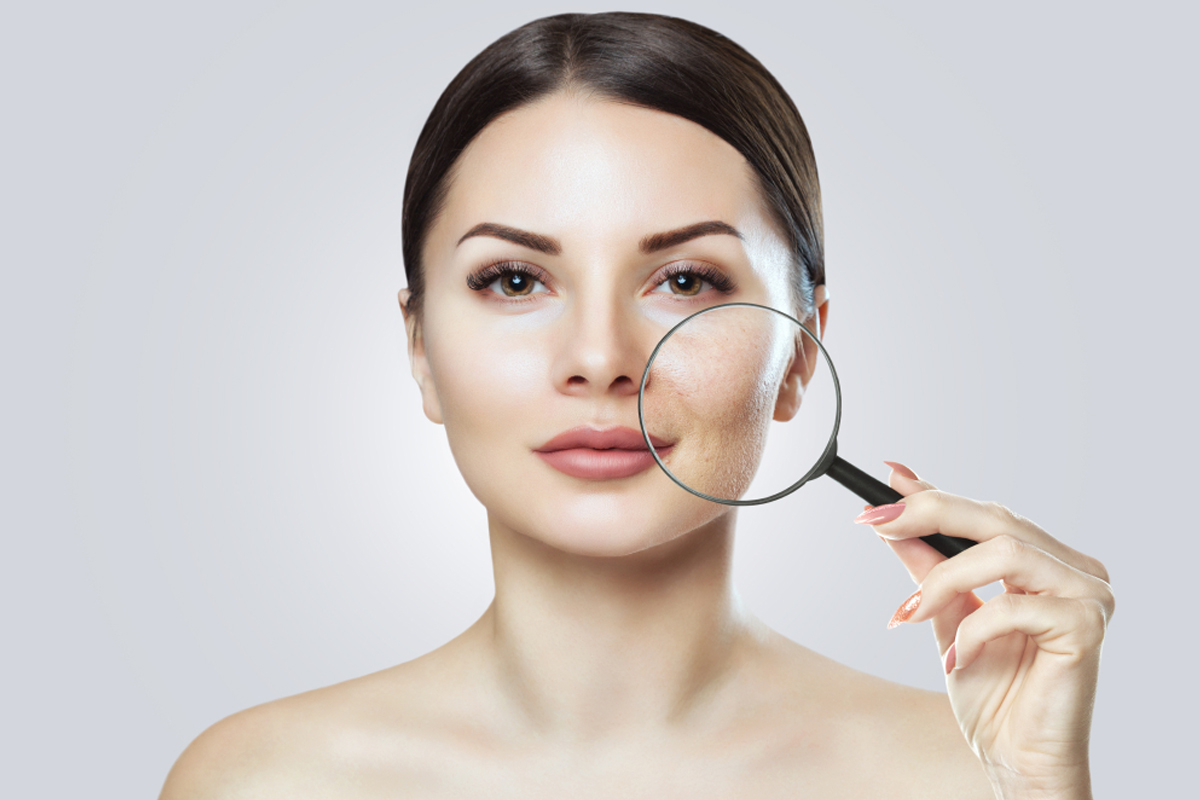
Non-surgical medical procedures are used to diagnose, measure, monitor or treat problems like diseases or injuries that don’t require surgery. They’re generally not highly invasive and don’t involve cutting. Non-surgical procedures are administered by a health care provider like a physician, general practitioner (GP), diagnostician or nurse.
Knowing what to expect during and after a procedure can assist you prepare, whether you attend hospital or to an outpatient clinic. All medical procedures have benefits, risks and possible side effects. Always ask your doctor for further information on any recommended procedure. If unsure , seek a second opinion from another doctor.
Different types of non-surgical medical procedures
Non-surgical procedures are often grouped into five broad classes:
- physical examination (propaedeutic procedures)
- tests, x-rays and scans (diagnostic procedures)
- treatments to repair the consequences of injury, disease or malfunctions, including medicines, physical and radiation therapies (therapeutic procedures)
- allied health treatments to enhance , maintain or restore a person’s physical function (rehabilitative procedures)
- cosmetic procedures to enhance a person’s physical appearance for aesthetic reasons.
Collagen/Fat Injectable Fillers
Collagen/fat injectable fillers, also called soft-tissue augmentation, is a cosmetic plastic surgery procedure performed to correct wrinkles, depressions in the skin, and/or scarring. The procedure involves injecting a substance (collagen and/or fat) into the skin in order to plump or fill-up the area being treated.
Skin consists of three layers: the epidermis, dermis, and subcutaneous tissue (hypodermis). The upper-most layer, known as the epidermis, controls the loss of water from cells and tissue.
Without this protective barrier, the body would quickly dehydrate.
Just below the epidermis lies the second layer, the dermis. The dermis, although it contains blood vessels, nerves, and hair follicles, is primarily made up of a protein called “collagen.” This protein forms a network of fibers that provides a framework for the growth of cells and blood vessels. Because it is the primary component of the dermis, collagen acts as the support structure for the skin. The hypodermis is a layer of fat and connective tissue that contains larger blood vessels and nerves. It also hosts sweat glands, fat, and collagen cells. The hypodermis is responsible for conserving your body’s heat and protecting your vital inner organs.
Injectable Collagen
Similar to collagen, a natural protein found in humans, injectable collagen is made from cows. This protein gives support and structure to skin, bones, ligaments, and other body parts. Collagen-related fillers from tissue donors or self-donated are generally utilized to treat wrinkles, scars, and facial lines.
Injectable Fat
Injecting one’s own fat to correct skin defects is called microlipoinjection. It includes the transfer or recycling of fat from one body area to another allowing the surgeon to recontour the skin. With a tiny needle, the fat is extracted and then re-injected into the selected site. This is often a favored treatment choice since it involves the use of one’s own fat, reducing the risk of allergic reactions.
Results
The result of the procedure is usually not permanent and touch-up injections may be needed every three to 12 months. For some, however, the collagen injections can stimulate the body’s own production of collagen, lengthening the time necessary between follow-up injections.
Fat Grafting
Fat transfer, also called fat grafting, fat injections and lipofilling, is a procedure that uses a person’s own fat to fill in irregularities and grooves. This is now a well-established technique that was perfected in the early nineties to a predictable procedure.
Aesthetic indications for undergoing lipofilling include sunken cheeks, the disappearance of fat from the cheekbones, deep grooves running from the nose to the corners of the mouth, and in some instances of lines between the lower eyelids and the cheek. It is also one of the most common methods used for lip enhancement. In addition, lipofilling can be used to smooth out all types of irregularities such as those resulting from poorly performed liposuction or injuries. This safe, long-lasting, well-tolerated procedure produces natural-looking results. Every year, thousands of people undergo successful fat grafting and are pleased with the results.
When to Consider Fat Transfer
- If you have facial areas that appear creased and sunken
- If you desire more permanent correction than is provided by temporary fillers
- If you wish to improve your body contour, revise scars, fill bodily depressions and rejuvenate your hands and face
The Procedure:
The necessary fat is obtained by a limited liposculpture through one or several 3 to 5 mm incisions. It is normally taken from the abdomen or inner thigh. The aspirated fat is processed by centrifuging, filtering or rinsing. Pure liquid fatty tissue ready for injection is the result. The fat is then injected where needed. The fat is evenly distributed into the area by injecting minute amounts in the tissues so that the injected fat is well surrounded by healthy tissue. This ensures that the transplanted fat remains in contact with the surrounding tissues that must supply it with oxygen and nutrients.
Results
Correction of deep wrinkles and folds. Correction of the treated irregularities and dents. Volume augmentation of the treated areas such as cheekbones, cheeks, and the chin. Improved quality of the overlying skin can be a positive side effect. After the body absorbs a percentage of the fat (between 20 and 50%) the correction can be considered permanent.
Eyelash Growth Stimulation
Eyelash growth gel Latisse is an FDA approved medication for increasing the fullness of eyelashes. It’s applied to the upper eyelid margin (where the lash grows) and may have a dramatic effect in about 3-4 months.
The active ingredient may be a prostaglandin called bimatoprost, adding that the formula is safe for all skin types. It lengthens the expansion cycle of eyelashes resulting in longer, darker, and fuller lashes.
For some people, these formulas may cause sensitivity or an adverse reaction itchiness along the eyelash line is one common side effect.
